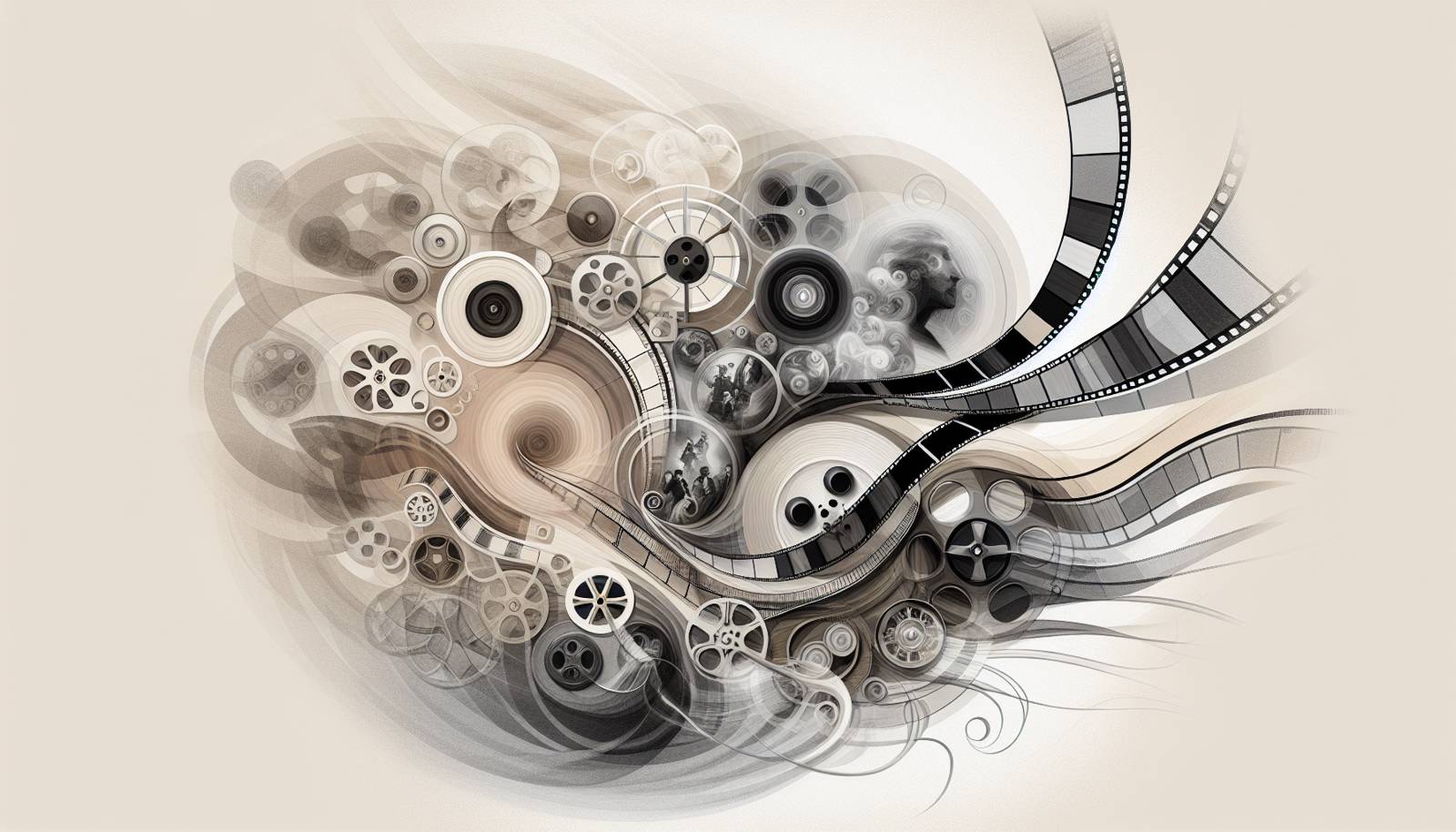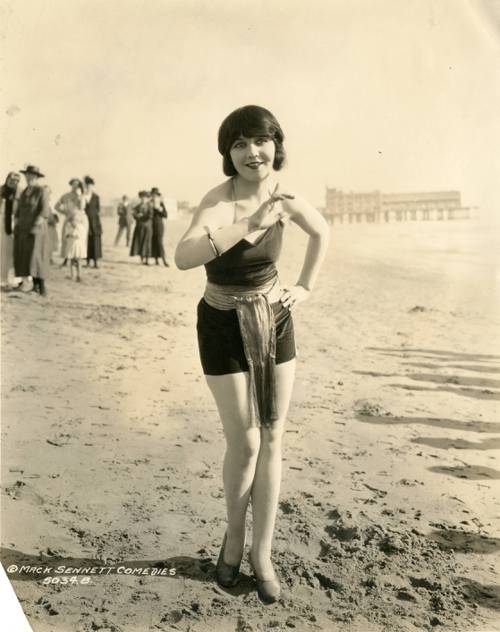
FAQ About The Role of Silent Comedy in Film Evolution

What is silent comedy?
Silent comedy is a genre of comedy that relies on visual humor, sight gags, and physical comedy, without the use of synchronized recorded sound or spoken dialogue. It emerged during the silent film era of the late 19th and early 20th centuries, typically accompanied by live music to enhance the viewing experience.

Why was silent comedy significant in the history of film?
Silent comedy was significant because it laid the groundwork for visual storytelling techniques that are still used today. It emphasized physicality, timing, and visual gags to convey humor, setting standards for non-verbal communication in cinema. Innovators of the era, such as Charlie Chaplin and Buster Keaton, created universally understood humor that transcended language barriers.

Who were some of the most famous silent comedy performers?
The most famous silent comedy performers include Charlie Chaplin, Buster Keaton, Harold Lloyd, and the Marx Brothers. These actors were known for their slapstick humor, impeccable timing, and the ability to tell stories without words, relying instead on exaggerated expressions and body language.

How did silent comedy influence modern filmmaking?
Silent comedy influenced modern filmmaking by establishing visual storytelling techniques and the use of physical humor. Directors today still emulate the style in action sequences that rely on visual cues rather than dialogue. Additionally, silent comedies have inspired genres like slapstick, farce, and physical comedy in current films and TV shows.

What are some iconic silent comedy films?
Iconic silent comedy films include "The Kid" (1921), "Sherlock Jr." (1924), "The General" (1926), and "Safety Last!" (1923). These films are celebrated for their innovative use of special effects, physical humor, and timeless appeal, showcasing the genius of directors like Charlie Chaplin and Buster Keaton.

How did silent comedy films convey humor without sound?
Silent comedy films conveyed humor without sound through visual gags, slapstick, exaggerated facial expressions, and meticulously choreographed physical stunts. Intertitles were occasionally used to provide context or enhance comedic timing, though much of the humor relied on the actors' physicality and the visual narrative.

What role did Charlie Chaplin play in the development of silent comedy?
Charlie Chaplin was a seminal figure in the development of silent comedy, known for his character 'The Tramp.' He was a master of physical comedy and visual gags, seamlessly blending humor with social commentary. Chaplin's unique style influenced generations of comedians and filmmakers, as he showed how silent films could express complex emotions and narratives.

How did Buster Keaton's approach differ from other silent comedians?
Buster Keaton's approach differed in his stoic, deadpan expression known as "The Great Stone Face," which contrasted with the more animated performances of contemporaries. His comedic style emphasized complex physical stunts and innovative camera work. Keaton's films often explored themes of resilience and perseverance, wrapped in situational ironies.

What techniques from silent comedy are still evident in today's movies?
Techniques from silent comedy evident in today's movies include physical comedy, visual storytelling, and slapstick humor. Modern filmmakers often utilize exaggerated actions and facial expressions to convey humor without dialogue, a hallmark of silent comedy. Additionally, intricate stunt work and gags continue to be inspired by the precise timing and creativity of early silent films.

How did silent comedies manage to cross language barriers?
Silent comedies crossed language barriers by relying on universal themes and human experiences, such as love, struggle, and triumph. The use of visual humor, slapstick, and physical expressions transcended cultural and linguistic differences, making these films accessible and entertaining to diverse audiences worldwide.

What impact did silent comedy have on visual storytelling?
Silent comedy had a profound impact on visual storytelling by demonstrating how stories could be effectively communicated through images and actions alone. This era honed the skills of directors and actors in conveying complex narratives without relying on dialogue, influencing the art of show-don't-tell that is still paramount in filmmaking today.

Was sound completely absent in silent comedy films?
No, sound was not completely absent in silent comedy films. Although the films themselves had no synchronized recorded sound, they were typically accompanied by live musicians and sound effects performed in theaters. These auditory elements were crucial in enhancing the film's emotional impact and humor.

How did technological limitations influence the style of silent comedy?
Technological limitations, like the absence of synchronized sound and advanced editing tools, required filmmakers to rely on visual elements and physical humor. This necessitated creativity in storytelling, using exaggerated gestures, miming, and physical comedy to engage audiences, forming the foundation of the slapstick genre.

What is the legacy of silent comedy in television?
The legacy of silent comedy in television is evident in sitcoms and shows that utilize physical humor and visual gags. Modern examples include shows like "Mr. Bean," which heavily relies on physical comedy, and animated series where visual humor plays a significant role. The techniques pioneered in silent films continue to influence comedic styles in television programming.

How did Harold Lloyd contribute to silent comedy?
Harold Lloyd contributed to silent comedy with his characteristic "Glass" character, known for optimism and perseverance in chaotic situations. He was renowned for his thrilling stunts, especially in films like "Safety Last!," where he famously hangs from a clock. Lloyd's work highlighted comedic tension and timing, influencing action comedy in later films.

What are some common misconceptions about silent comedy?
Common misconceptions about silent comedy include the belief that these films were simplistic or unsophisticated due to their lack of dialogue. In reality, silent comedies were often complex in narrative and demanded high precision in acting and timing. They are also sometimes mistakenly considered outdated, despite their enduring influence on modern comedic techniques.

Did silent comedy films include intertitles, and what was their purpose?
Yes, silent comedy films often included intertitles, which were text cards inserted between scenes to convey dialogue, narrate the story, or provide additional context. Intertitles helped bridge the gaps in visual storytelling where words were necessary, enhancing the audience's understanding and enjoyment without sound.

Are there any modern films that reflect the style of silent comedy?
Modern films that reflect the style of silent comedy include "The Artist" (2011) and "La La Land" (2016), which pay homage to the silent era's aesthetic and visual storytelling. These films use minimal dialogue and focus on visual and musical elements to convey emotion and narrative, echoing the techniques of early silent cinema.

How did silent comedies contribute to the development of film as an art form?
Silent comedies contributed significantly to film as an art form by pushing creative boundaries in storytelling and technical innovation. They established film as a powerful medium for visual expression and humor, challenging filmmakers to convey complex stories without spoken words. This era raised cinema's artistic status and set the stage for later developments in sound and dialogue.

What elements of silent comedy remain popular in contemporary media?
Elements of silent comedy that remain popular in contemporary media include slapstick, exaggerated physical expressions, and clever visual gags. Many animated films and comedy shows still draw from the timing and style of silent comedians, demonstrating the enduring appeal and effectiveness of non-verbal humor in engaging audiences.
